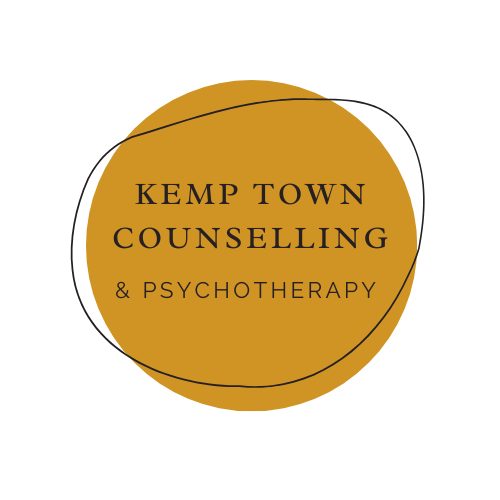How can therapy help anxiety?
Anxiety is uniquely experienced by each person and the frequency of it’s presence has increased over the past decade. Some people find that their anxiety begins with a thought, leading to a rumination of a scenario or a growing concern about an aspect of life or themselves. Or, it may take the form of a future worry that can impact a person to the point where their anxiety becomes life-limiting. For others, anxiety could be a state of awareness. Noticing that they have a bodily response such as sweaty palms, rapid & shallow breathing or noticing their heartbeat.
Anxiety impacts your wellbeing through your physiological responses, you have an increase in adrenaline pumping through your body resulting in a heightened, almost vigilant state. Making it difficult to sleep, focus or eat. It affects your mood as you become sleep deprived, or distracted by your thoughts. Often clients will discuss the diversity of emotions that have become a companion to their anxiety such as low mood, lack of motivation or focus.
I will work with you to understand what your anxiety is like for you.
Reflecting on the underlying symptoms and attached emotions will build an understanding and consequently the development of resilience to cope. One aspect of anxiety counselling theory, is to consider if there is an unexpressed emotion that has become ‘stuck’. When we have undisclosed anger, resentment or are battling a loud inner critic, there is an evidence-base that backs up Dan Siegel’s famous “Name it, to tame it” slogan. Through the safety of the therapeutic relationship we’ll begin to ‘unstick’ the emotion so it loses it’s potency, reducing the power it has over your mind and body.
In addition to talking therapy, we may need the use of some tools for the regular management or containment of anxiety:
The 5, 4, 3, 2, 1 method - This technique is for those who may sense the beginning of a panic attack or anxious thoughts and feelings.
Identify 5 things you can see in the moment/around you
4 things you can hear
3 things you can feel
2 things you can smell
1 thing you can taste.
It’s suggested to say all 5 things aloud, in a whisper or to yourself, whichever way works for you. This approach is proven to ground you in the present moment by bringing you back to your senses - sight, sound, touch, smell and taste.
Mindfulness - Breath-work can be incredibly powerful in noticing and responding, in awareness, to our breath. By engaging the parasympathetic nervous system via breath-work, we oxygenate the blood and increase the juicy hormones that bring about a sense of calm. Additionally, during a panic or anxious attack breath can become shallow and quick. Slowing down and taking deeper breaths is the antidote to a panic attack taking full effect.
“Body scans” - Not the type that involve large machinery or X-rays! These are about noticing where we might experience the anxiety in our body. We can then use this awareness to notice when, where and around who we have the same bodily experience. It can an indicator that we are sensing something is unsafe for us and with awareness, we can take steps to ensure our personal safety.
Solution focussed - Building a goal, a picture of life without anxiety.
In addition to some of the above tools, there are several books you may find helpful:
‘Notes on a nervous planet’ by Matt Haig (all of his books are great)
‘The Feeling Of What Happens: Body, Emotion and the Making of Consciousness’ by Antonio Damasio.
Through the therapeutic relationship you’ll discover ways to evolve any existing healthy, coping mechanisms so that you can live a wholehearted and authentic life.
Want to take the next step?
Complete my enquiry form and I’ll be in contact to arrange a free, initial 15 minute consultation. In the call you’ll be able to ask any questions you may have and get a feel for the kind of person I am.


